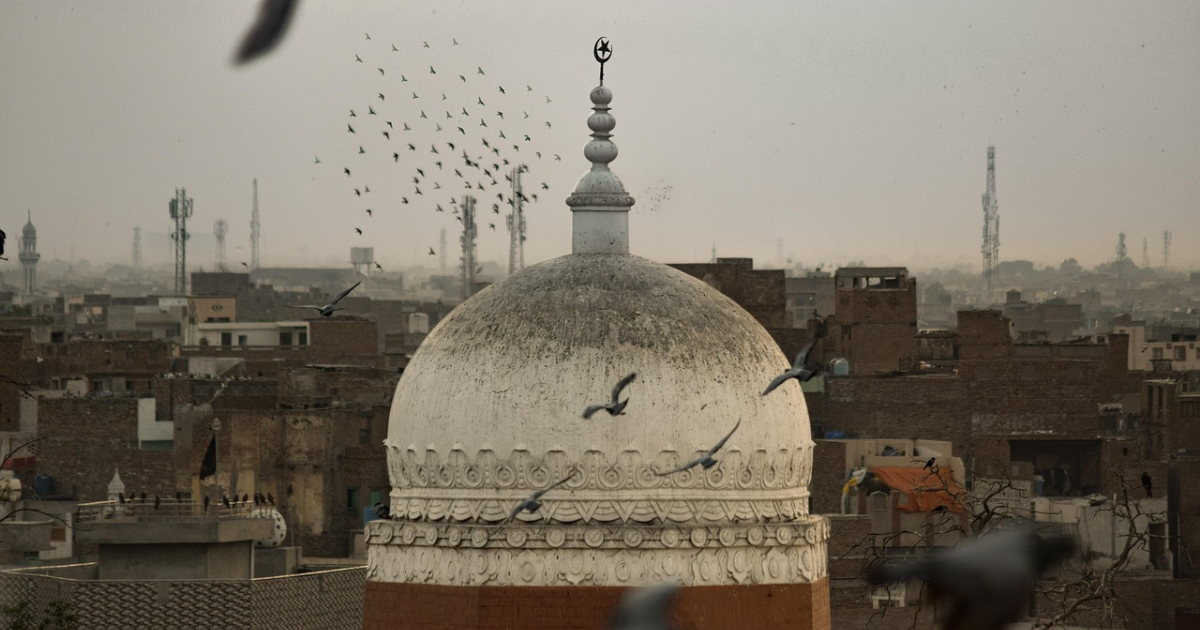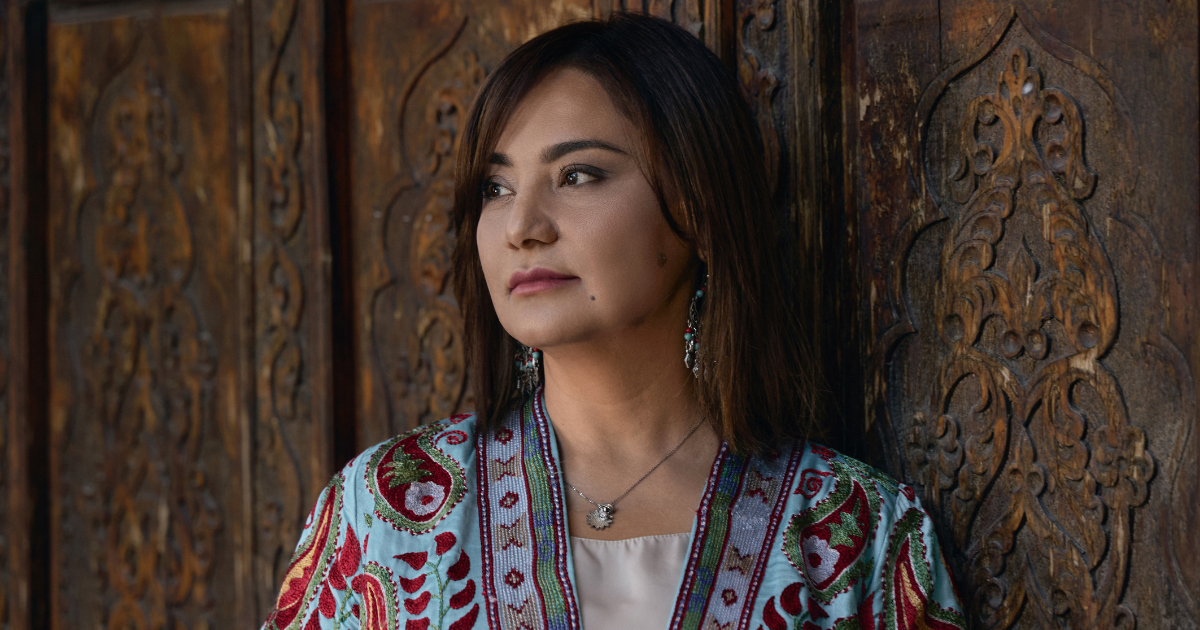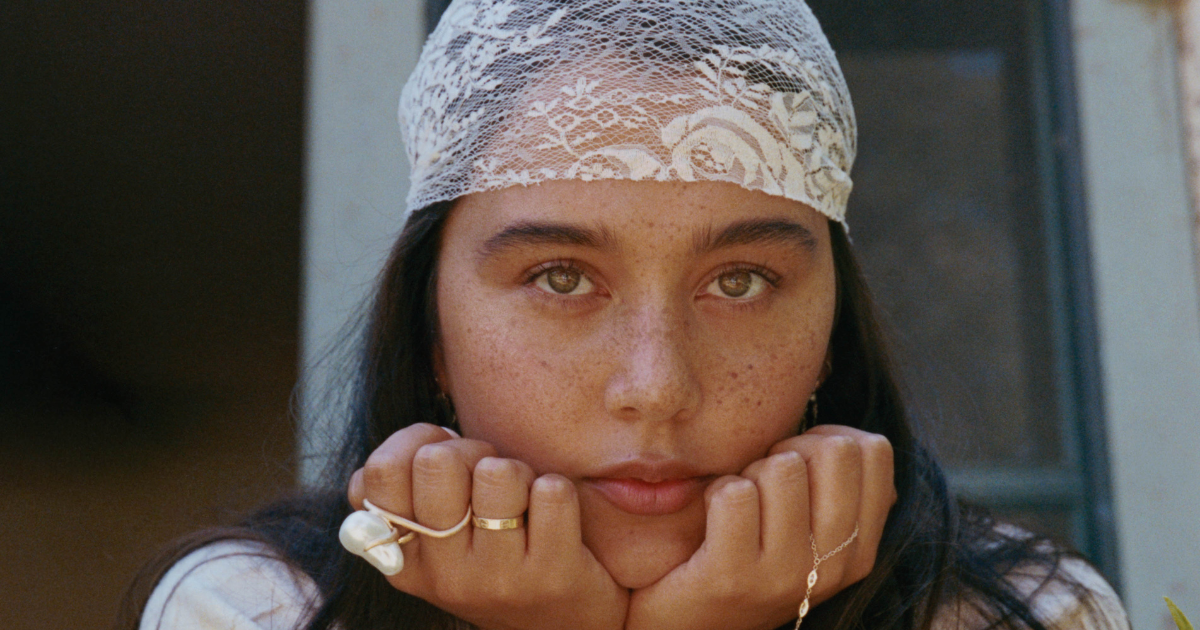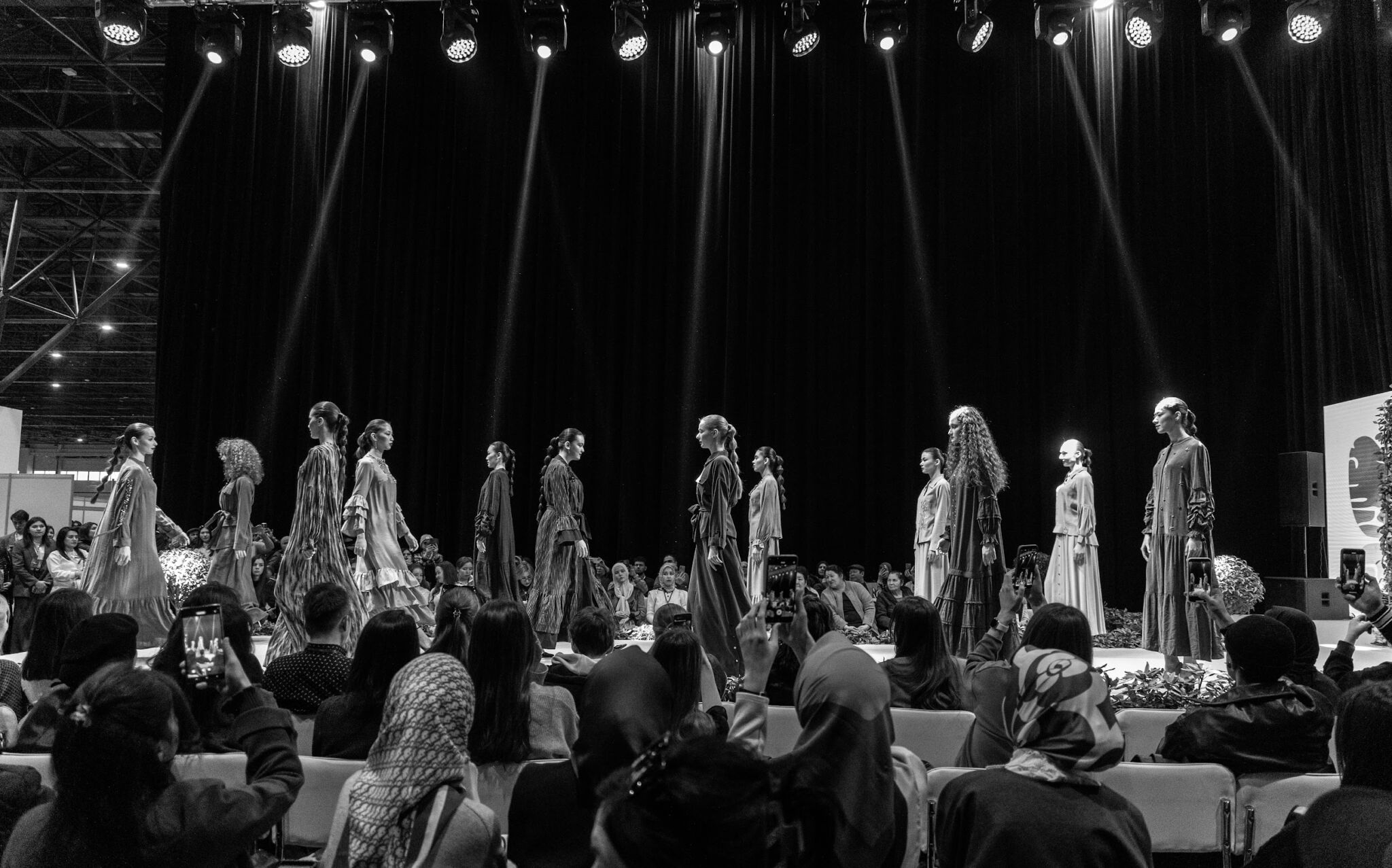From dawn to dusk: How Eid al-Adha is celebrated around the world
Traditions of a joyous holiday

When the air is filled with a special stillness before sunrise and hearts brim with anticipation, the world prepares to welcome Eid al-Adha – one of the most revered holidays in the Islamic world.
This day symbolizes not only the completion of Hajj, the pilgrimage to Mecca, but also serves as a reminder of eternal values: devotion, compassion, and faith.
A morning filled with prayer
The holiday begins with the Eid prayer – Salat al-Eid. At that moment, cities fall silent: men and children gather shoulder to shoulder to share in the joy and blessings.
A sincere gesture – a sacrifice
A central tradition of Eid al-Adha is the sacrifice of an animal, symbolizing inner purification and closeness to God. A portion of the meat is always given to those in need, ensuring the holiday becomes a time of care, generosity, and genuine love for one’s neighbor. For some, this may be the only time all year they taste meat.
With loved ones: the power of family gatherings
Eid al-Adha is also a special reason to reunite with family. After the holiday prayer comes the most heartfelt part – visiting relatives, friends, and neighbors. Exchanging greetings of “Eid Mubarak!” along with warm wishes and hugs fills the day with joy and warmth.
These visits are the perfect opportunity to remind loved ones how much they matter, strengthening the bonds that give life true meaning.
The taste of celebration: traditions at the table
No Eid al-Adha is complete without a generous feast. From tasty Uzbek plov to juicy roasted lamb, holiday dishes unite families around the table, turning the meal into a ritual of love and memory.
Across the Muslim world, each region has its culinary gems. Saudi kabsa with spiced meat and rice, Jordanian mansaf with yogurt sauce, Turkish manti, Moroccan pastilla, Egyptian rice pudding, and of course, baklava – a sweet finale in the best Eastern traditions.
Passing recipes down through generations is another way to preserve cultural roots and celebrate the holiday with flavor and meaning.
New attire for the occasion
Eid al-Adha is a time when people want to look their best. Many prepare new outfits to emphasize the significance of the moment. Yet what truly matters is cleanliness, neatness, and a sense of inner renewal.
In many countries, Muslims wear traditional clothing, expressing the spirit of their culture and heritage. A light fragrance and a smile are just as essential as the festive attire.
And then – gifts! Children look forward to this day the most: sweets, new clothes, and of course, “Eidi/Eidiyah” – symbolic money from elders. All of this creates a unique atmosphere of warmth, generosity, and joy, making the holiday truly unforgettable.


